News
10 States Where Snakebites Are Most Common
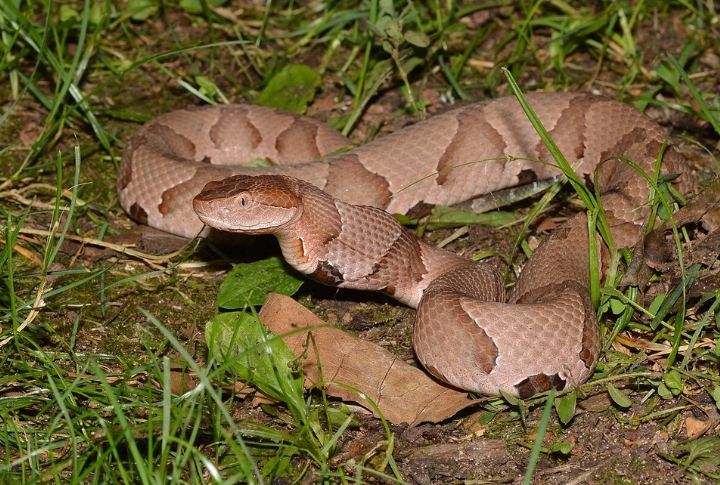
Quiet backyards and even neighborhood sidewalks can hide slithering surprises. Across the U.S., certain states see more run-ins with venomous snakes than others, and the numbers may surprise you. These aren’t rare accidents in remote jungles. They’re regular occurrences where people live and work. Here’s where snakebites strike hardest.
Texas: 1,408 Snakebites Per Year
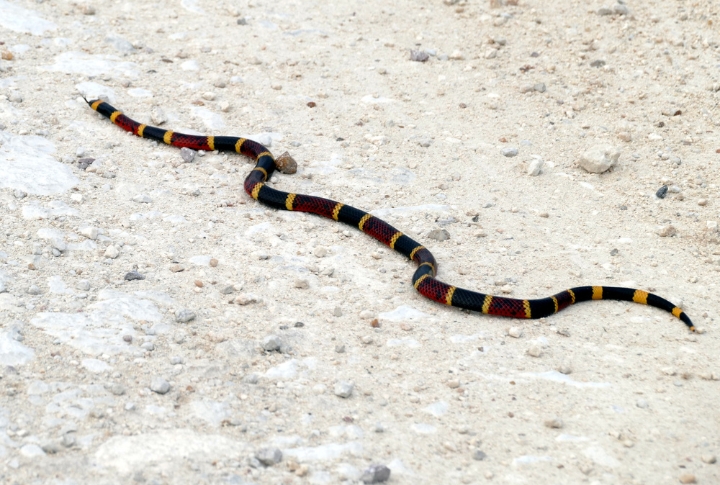
Texas leads the nation in venomous snakebites, averaging over 1,400 cases annually. Its massive size and warm climate support 15 venomous species, including Western diamondbacks and coral snakes. Encounters spike in both rural and suburban areas, though most hospitals are well-prepared with antivenom on hand.
North Carolina: 856 Snakebites Per Year
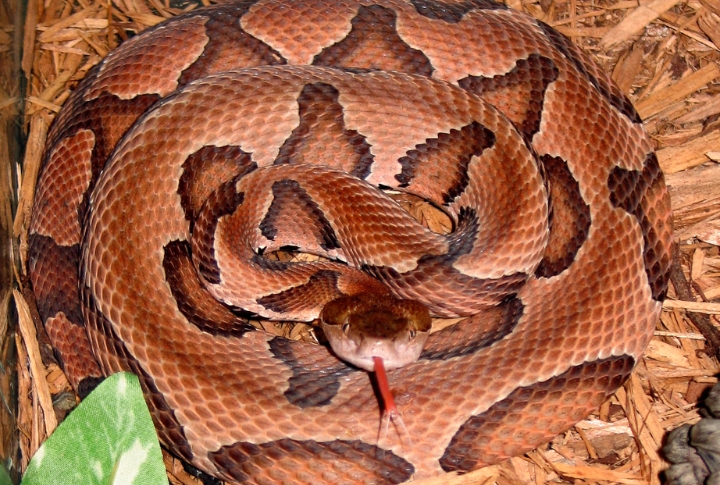
Copperheads are responsible for most bites in North Carolina, especially in suburban neighborhoods. Incidents often happen during backyard play or spring hikes, putting children at higher risk. Health officials urge immediate emergency care and run awareness campaigns each warm season to minimize complications.
Georgia: 530 Snakebites Per Year
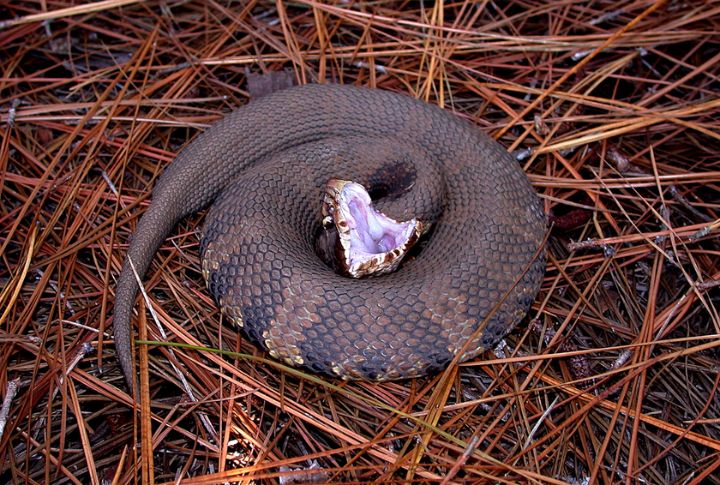
Swamps, forests, bushes, and fishing holes in Georgia host cottonmouths and other venomous snakes. Bite frequency peaks in June and July, particularly during yardwork and outdoor recreation. Even metro Atlanta suburbs report snake sightings, prompting the Georgia Poison Center to monitor and track seasonal upticks.
Florida: 350 Snakebites Per Year
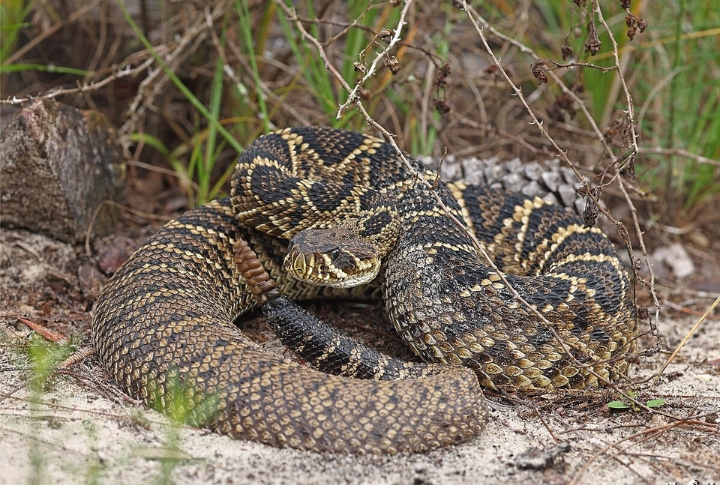
Florida’s year-round warmth keeps snakes like coral snakes and Eastern diamondbacks active throughout the state. Most bites occur during routine open-air tasks or dog walks. Some cases stem from exotic pets gone rogue. This prompts springtime awareness drives across both coastal and inland areas.
Louisiana: 334 Snakebites Per Year
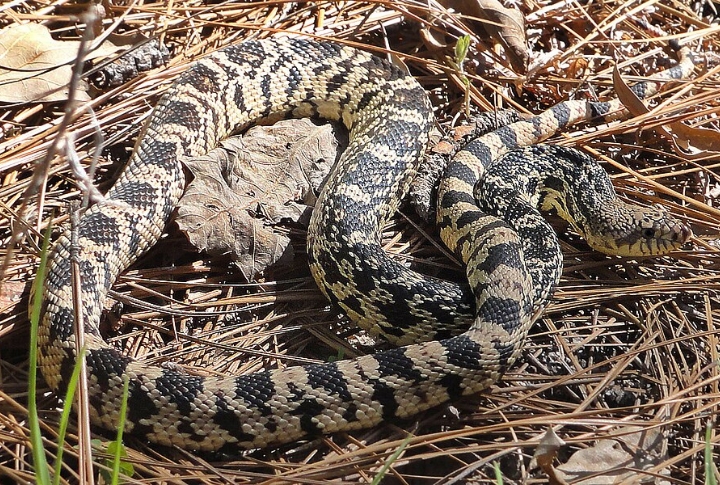
Bayous and wetlands in southern Louisiana are prime territory for snakes. Bites often happen to hunters and fishermen in remote areas where emergency services are hours away. Heavy rains also send snakes into populated zones, and rescue efforts get more complex, increasing the annual bite tally.
Arkansas: 307 Snakebites Per Year
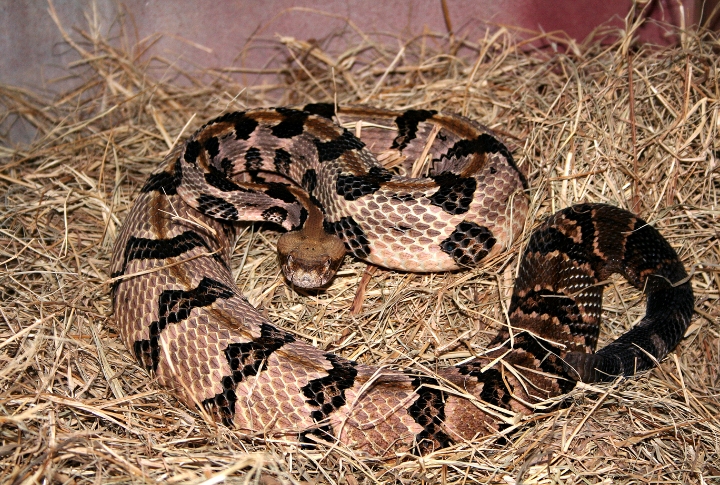
Despite its small population, Arkansas has a high per-capita rate of venomous bites. Copperheads and timber rattlers are common near woodpiles and trails. The Ozarks see a particularly high risk, which prompts state parks to post seasonal advisories for locals and tourists alike.
Mississippi: 236 Snakebites Per Year
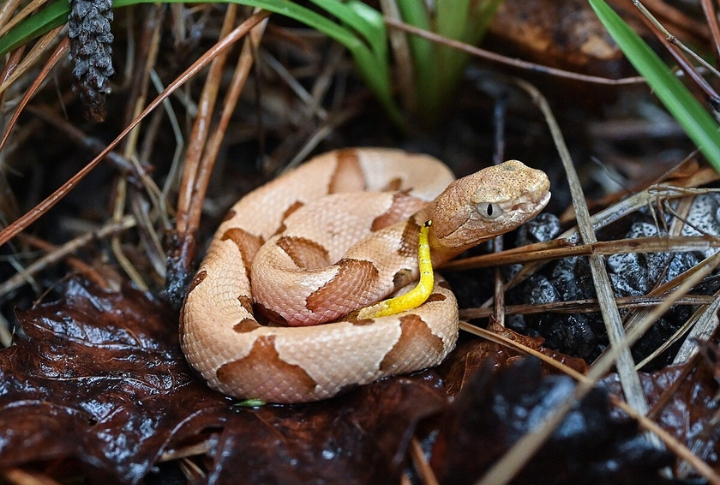
Cottonmouths and copperheads dominate snakebite cases in Mississippi. Most of the reported incidents happen close to homes or near rivers and ponds. Flooding in the spring months displaces snakes into residential areas. While treatment is standardized statewide, limited access in poorer counties can delay proper care.
Missouri: 234 Snakebites Per Year
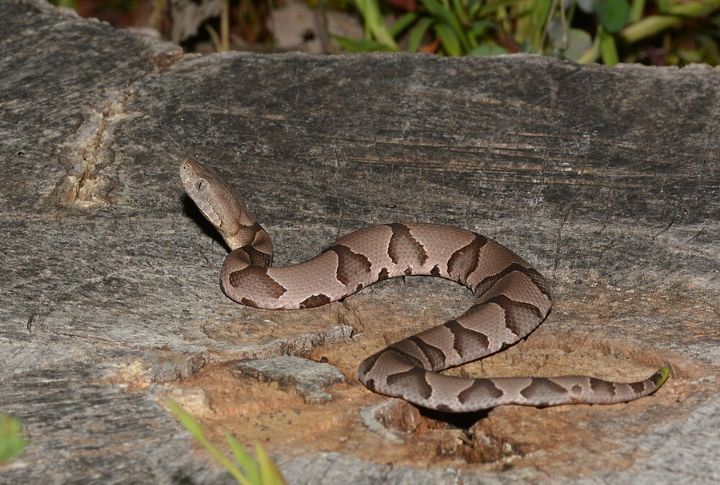
Most bites in Missouri come from copperheads, especially in the Ozark region. Brush piles and old sheds make ideal hiding spots for the state’s five venomous species. Children at play are frequent victims. Poison control centers issue pre-summer alerts to help residents stay cautious.
California: 221 Snakebites Per Year
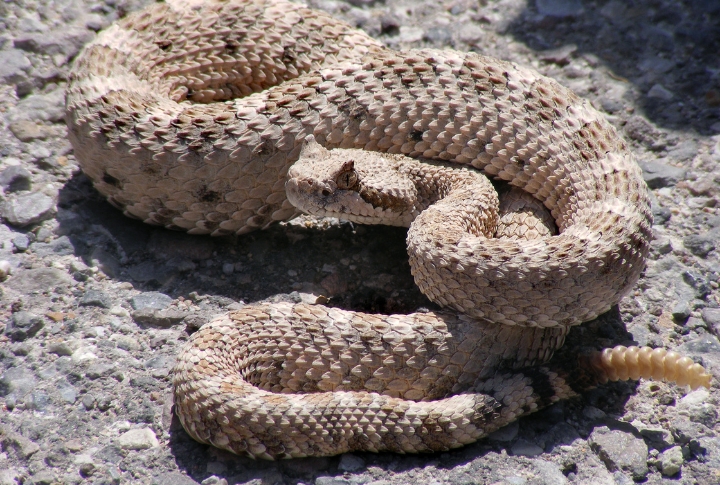
Rattlesnakes pose the biggest threat in California, particularly on trails and canyon paths in Southern California. Wildfire evacuations sometimes drive snakes into new territories. Residents often stumble into surprise encounters when farming. Exotic snake ownership also plays a quiet role in boosting the bite stats.
Virginia: 217 Snakebites Per Year
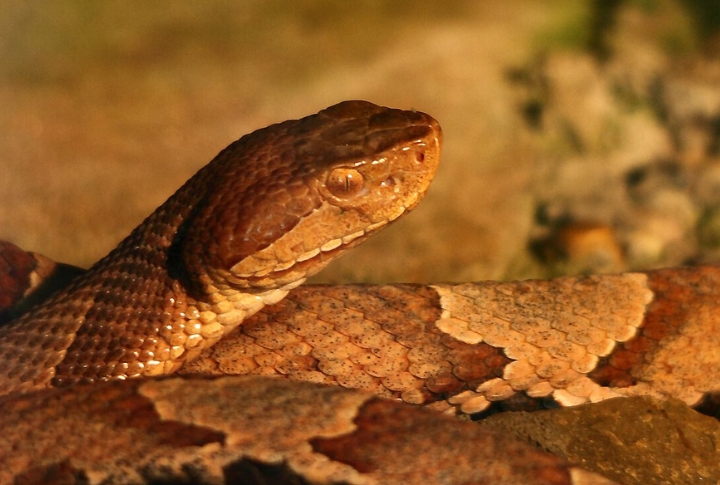
Suburban forests in Virginia are home to large snake populations, especially copperheads. Bites often occur during seasonal chores, like raking leaves in autumn. While confusion between harmless and venomous snakes fuels panic, rural hospitals prepare each year with antivenom stores and quick-response protocols.

